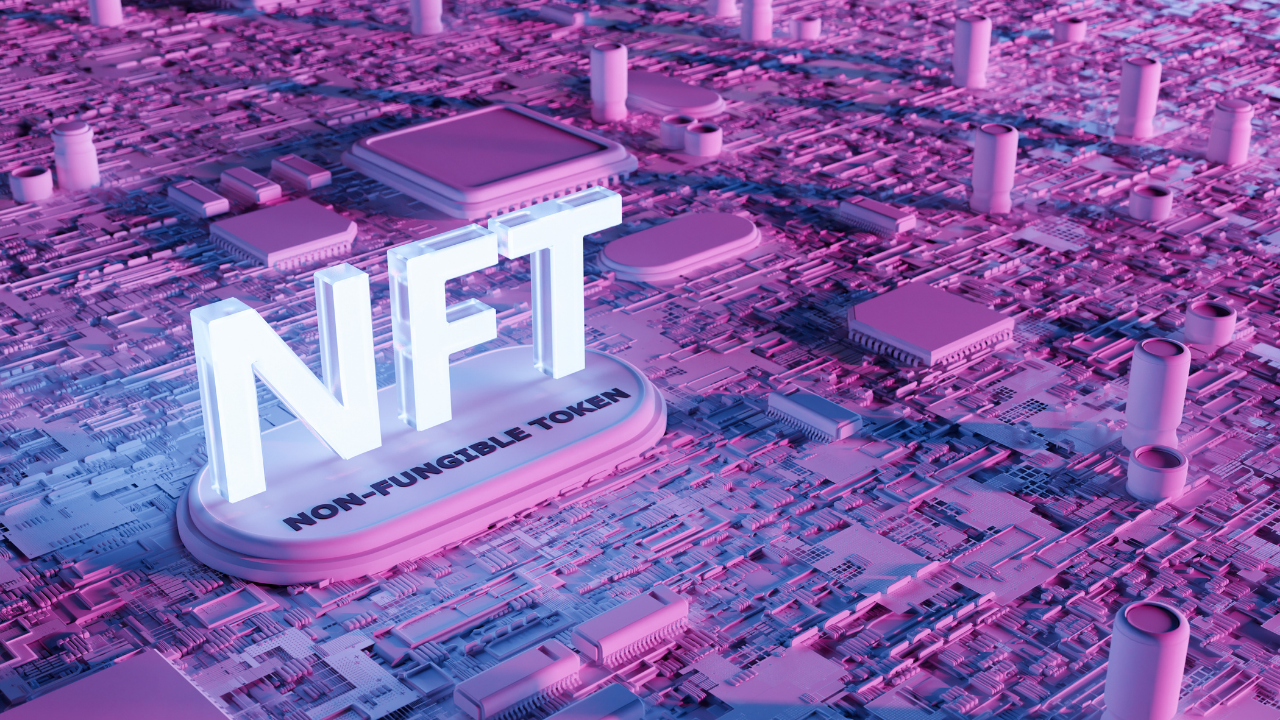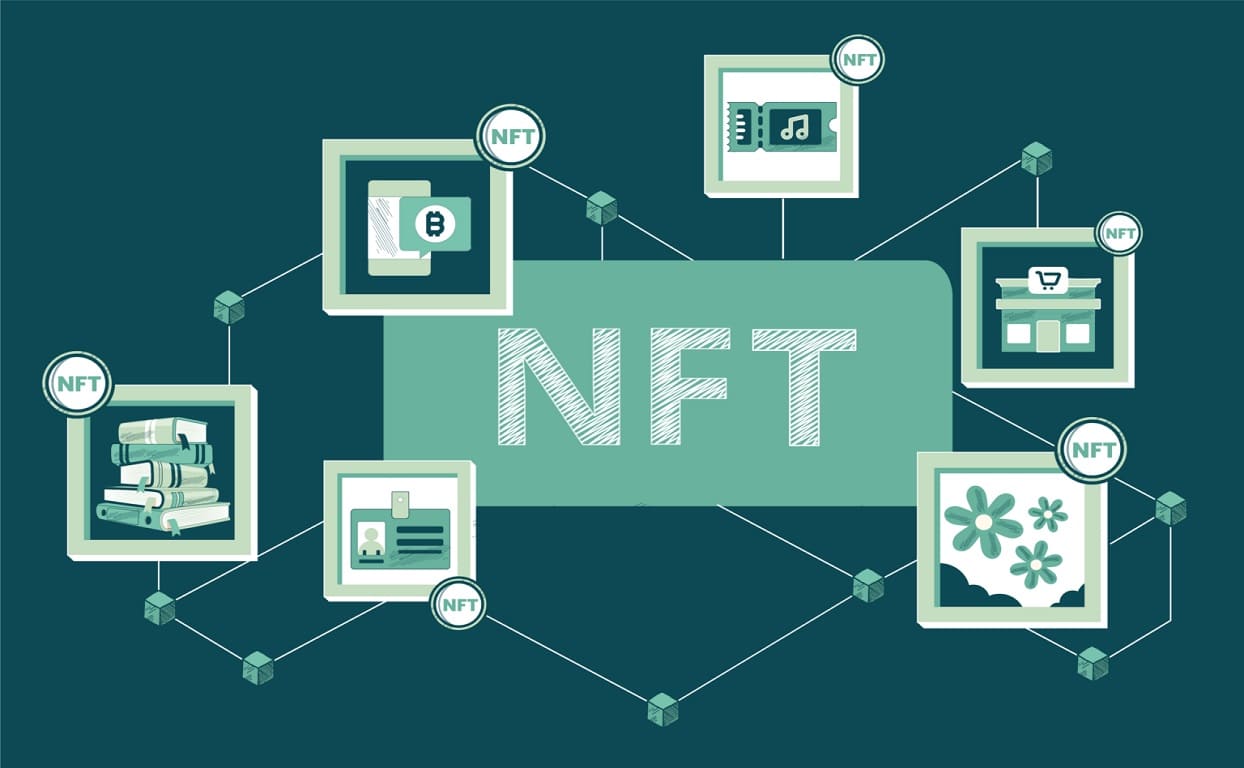Few developments in the ever-evolving landscape of art and technology have captivated me. The public’s imagination is quite like non-fungible tokens (NFTs). These unique digital assets have revolutionised the way. We think about ownership, creativity, and value in the digital age. Recently, the acclaimed filmmaker and artist. David Lynch collaborated with the renowned post-punk band Interpol to create a series. NFTs not only aim to inspire but also to challenge conventional norms surrounding art and music. NFT Marketplace This unique partnership exemplifies the intersection of art and technology and underscores broader trends in the NFT space, drawing attention to the significant implications for artists, musicians, and collectors alike.
Intersection of Film and Music
David Lynch has always had a deep relationship with music; it’s in his surrealist films. He often works with other artists that share his avant-garde style, and his music is known for its evocative soundscape. The unique medium of NFTs is bringing visual art and music together, and our collaboration with Interpol represents a critical step in that convergence.
Interpol is an atmospheric band that started in 1997 and is known for its catchy bass rhythms and angular guitar riffs. Music and cinema enthusiasts alike were intrigued by their collaboration with Lynch, whose unique artistic perspective complemented the band’s style. Their goal in creating NFTs was to go into uncharted creative ground that would allow them to combine their artistic influences in a way that would appeal to modern audiences.
NFT Collection
Together, they crafted a unique NFT collection named Twin Peaks The Return, paying homage to Lynch’s renowned TV show and the sonic landscape that Interpol played a significant role in shaping. Among the NFTs are animated images offered for sale as digital artwork, as well as recordings with exclusive tracks or remixes of Interpol’s songs, offering collectors a multimodal experience.

Incorporating Lynch’s distinctive visual storytelling style with Interpol’s musical themes, each NFT is crafted not just as a collectible but as an artistic expression in its own right. However, NFT Marketplace A change in the way art can be appreciated and experienced is shown by this blending of many art forms. The boundaries between visual art and music have never been more blurred, and now art enthusiasts may buy a digital piece that embodies Lynch’s eerie style alongside Interpol’s passionate sound.
Latest Trends in NFTs
Collaborations like the one between Lynch and Interpol are indicative of larger, more popular tendencies in the NFT sector. An increasing number of artists from various disciplines are utilising it. NFTs provide their audiences with unique opportunities to engage with their work. Which are not achievable through traditional methods. For instance, artists are making digital artworks. That can change or evolve, and musicians are releasing exclusive tunes as well. NFTs so fans can buy limited-edition pieces.
Additionally, NFT utility is becoming more popular. Exclusive events, behind-the-scenes footage, and opportunities to connect with artists are just a few of the rewards that certain NFT initiatives are offering. Collectors are drawn to this change because it enhances the value of NFTs beyond simple ownership. It promotes community and connects producers and their audiences.
Environmental Considerations
Many obstacles do exist in the NFT ecosystem, though. Blockchain technologies, especially those using energy-intensive proof-of-work systems. Have sparked concerns among collectors and artists about their potential environmental impact. While some artists have gone above and beyond in. The NFT marketplace by collaborating with environmentally conscious platforms or finding ways to offset their carbon footprint, with others.

May want to think about how the public perceives and supports their projects in relation to environmental issues. Notable musicians such as Snoop Dogg and Grimes have also created NFT collections, which shows that the merging of music, art, and technology is more than simply a fad it’s a fundamental shift in the value and monetization of creative works. These changes provide credence to the theory that NFTs are changing the way digital assets are owned and valued.
Implications for Artists and Musicians
The partnership between Lynch and Interpol shows how the connection between music, artists, and technology is changing. Using NFTs, artists can cut out the middlemen like galleries and record labels and engage with their fans on a more personal level. Artists can keep a larger portion of their sales revenue because of the increased potential for revenue production brought about by this direct interaction.
With blockchain technology’s immutable record of ownership and transactions. NFTs can also aid in proving their origin. Because of this genuine quality, digital art is a sought-after commodity among collectors. Artists, both seasoned and up-and-coming, will need to tread carefully on this terrain as interest in. NFTs rise they must weigh the potential financial benefits against the costs to their communities and the environment.
Summary
David Lynch and Interpol’s partnership represents a transitional period in the arts, and creativity produces new forms of expression. More artists using NFTs will broaden art’s frontiers, leading to fascinating and unexpected innovations. NFT Marketplace This has major repercussions for artists, collectors, and the art world. NFTs empower artists by offering new opportunities to monetise their work, engage audiences, and challenge art ownership.
NFTs have endless potential to change artistic and economic structures in the future. However, the initiative by Lynch and Interpol represents a significant shift in the art world towards a digital and interconnected future. These advances signal a new creative period that will change art and music for years. Collectors and fans should closely monitor these advancements.

